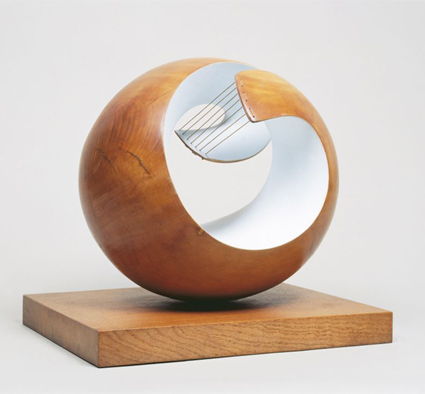"Modern British Sculpture" at The Royal Academy. By Andrew Graham-Dixon.
"Modern British Sculpture", at the Royal Academy, represents a truly appalling wasted opportunity. A potentially rich and fascinating subject has been treated with a mixture of blinding aesthetic contempt, total intellectual confusion and a postmodern sense of relativist uncertainty developed to such insane lengths that the display remains unilluminated by even the faintest glimmer of logic, argument or sense of value. Many of the most remarkable sculptors to have worked in Britain during the past hundred years have simply been omitted altogether. So, for example, not a single one of Lynn Chadwick’s angular "Geometry of Fear" sculptures from the 1950s – those nervy emblems of post-war doubt – is to be seen in any of the Academy’s august halls; while abundant room has been found for work by a multitude of near-unknowns, also-rans and assorted time-serving tutors from the Sculpture Departments of various art schools. Room has even been found for a piece as manifestly abject and dull as Under Lying, an undergraduate offering by Siobhan Hapaska created in 1991 as part of her submission to study for an MA at Goldsmiths: a work consisting of 2,000 Maltesers in plastic snap-seal bags arranged on a glass coffee table, accompanied by a justificatory label informing the viewer, with perfect fatuity, that "Using a surprising combination of found objects, her piece suggests some kind of secret purpose".
Whatever secret purpose may underly this lamentable pick-and-mix of an exhibition, it is not easy to discern. Inscrutable perversity is the keynote from the outset. The display begins in the main courtyard of the Royal Academy, with a scale reconstruction of the so-called Merzbarn created in the Lake District by the great Hanoverian Dadaist Kurt Schwitters, who took refuge in Britain during the Second World...


